The ‘silly season’ as it has come to be affectionately known, is a time when we are expected to be socially available, navigate crowded stores and attempt to find the perfect gift for loved ones. We reflect on the year that was, take some time out to recalibrate and think about the year to come.
The hidden customer
For the estimated 20% of the population who identify as neurodivergent, Christmas is one mighty sensory rollercoaster during which cognitive reserves are drained. While we are all diverse by nature, neurodivergent shoppers have a ‘spikier’ cognitive profile and are sensory affected in ways that differ from the neuromajority.
Neurodiversity describes the varied differences in neurological ‘wiring’ that exists within the human population. Differences include – but are not limited to – dyslexia, dyscalculia, dyspraxia, Autism, ADHD and Tourette syndrome. The net widens further when we consider other forms of neurological conditions that may affect a customer’s cognitive processing and sensory perceptions such as acquired brain injuries, aging conditions such as dementia and mental health conditions.
The neurodivergent population is hidden, with challenges and disabilities that are not visible and often not disclosed.
As we understand more about neuro-differences, there is greater focus on how society can create more accessible experiences in the workplace and in the marketplace.
Customer Insights
By design, Christmas is an explosion of sensory stimuli designed to fire all at once: colour, sparkle, lights, crowds, queues, music, extended / added product lines, changes to store layout and pricing. Add to this the chaotic energy of other shoppers and cluttered aisles and it is a veritable minefield to navigate for shoppers who may be hyper-sensitive to their physical environment.
Many neurodivergent customers experience sensory overwhelm and prefer to shop at quieter, less crowded times and without the need to respond to ‘small talk’ from store assistants. Less is more when it comes to festive decorations. Flashing reindeer, the ‘ho-ho-hoing’ of an over-zealous Santa tend to be a deterrent rather than entice Christmas cheer.
As humans, we are neurologically unique – no two people experience the world in the same way. To this end, no two neurodivergent people experience their environment in the same way either. Jay is autistic and finds “safety in Christmas music and films as these signal familiar processes and stories and help regulate the sensory chaos going on around me during this time of year”. Jay describes the repetitive nature of Christmas tunes in store as a safe and expected part of the seasonal period but will shop in quieter stores and in stores where merchandise is well organised.
In contrast, Jessica – also autistic – says “the busy decorations just look like mess to me, I wear headphones or earbuds to cancel out the noise and I stay away from crowded sections or brightly lit up parts of the store. I avoid shopping at the best of times but especially at this time of year”.
Daniel who is dyslexic and has ADHD hates surprise gifts and the expectation that accompanies giftgiving. Trying to find the perfect gift causes him increased anxiety. “What if I get it wrong? What if I need to return gift – the future returns process only adds to my to-do list.” In contrast, Perry loves the joy of gift giving but can’t avoid the multiple demands of this time of year that they know will impact their nervous system.
The in-store preference
Online channels are often consider safer because shoppers are in the comfort of their own spaces with no risk of small talk or unnecessary interaction with other shoppers. People can avoid the crowds and browse without pressure.
However, the in-store experience has an important role to play as part of the customer journey for people who have specific and unique sensory requirements. There is high motivation for neurodivergent customers to visit a bricks and mortar store to ensure their purchase is fit for purpose. Examples include viewing the depth of a colour palette, feeling the texture of a fabric or
the weight of a writing instrument.
What are neurotypical customers telling us?
Inclusive Change and Nature recently conducted market research to understand the choice drivers and barriers to in-store shopping. Of the 600 customers surveyed, 42% of respondents who self identified as neurotypical (‘the typical shopper’), expressed that cluttered stock on shop floors or in fitting rooms were a barrier to in-store shopping.
Furthermore, 48% of neurotypical shoppers told us they find it challenging when store layouts change often. Seventy percent (70%) of respondents who identified with a neurodivergent profile agreed that a ‘quiet hour’ makes a difference in retail settings. Interestingly, 58% of respondents who identified with a neurotypical profile also expressed that a sensory-friendly time in store was
helpful.
The narrative we can draw from this data is that retailers who explore ways to address in-store barriers will benefit customers of all neurotypes.
Creating more accessible customer experiences
While this list is not exhaustive, here are a few ways to create more inclusive customer experiences that will benefit all customers.
Familiarity of store layout and clear signposting. Neurodivergent shoppers tend to return to stores where the layout is familiar. Knowing store entry and exit points is a must, especially during busy periods. Many neurodivergent customers will have researched the exits and entry points in advance, as well as where the registers are positioned. Making changes to familiar layouts without adequate signposting causes bottlenecks in the customer journey. Communicating major store layout changes might alleviate some confusion for customers who have planned for a familiar store route but find things have changed when they get there.
Designated sensory regulation spaces for large stores and shopping centres. Providing clearly signposted, uncluttered space for people to regulate is a welcome accommodation, especially during peak shopping periods where sensory overload is predictable. These spaces allow customers to regulate away from the noise and busyness of the shopping area and could be the difference between continuing to shop or abandoning their visit altogether.
Offer an easy returns process. Where practical, an easy, no fuss returns process creates accessibility by avoiding: lengthy returns instructions, paperwork, explaining the reason for a return to a store assistant or long queues at the post office.
Accessible changerooms. Gender neutral fitting rooms as an alternative to traditional male/ female changerooms are inviting and inclusive. Furthermore, changerooms that are clear of clutter such as overstock and empty boxes, welcome the shopper into a cleaner sensory space where they can focus on their purchase rather than navigating clutter.
Diverse employee representation. Brands who hire employees who are an authentic representation of human diversity will attract customers who wish to shop without fear of judgement in an inclusive environment.
While there’s no one-size-fits-all when it comes to inclusive shopping experiences, brands that invest in understanding the needs of their physically and neurologically diverse customers will create more accessible experiences that will ultimately drive higher customer engagement.

|
Natalie Phillips-Mason is the founder of Inclusive Change, a pioneering change management consultancy working with leaders and their teams to embrace diversity in all its forms. Natalie is shining a light on inclusive and accessible customer and employee experiences with a focus on neurodiversity.
For more information regarding the August 2023 Neurodiversity In Retail 2023 report contact www.Inc-Change.com. |






















